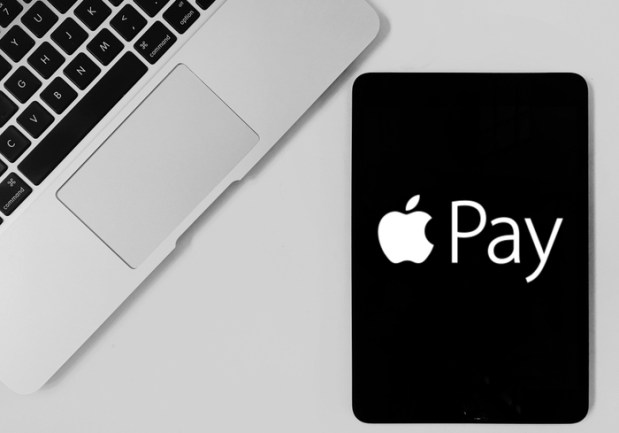Services, Subscriptions And Apple Pay Drive Apple Earnings

Apple’s quarterly revenue came in at $53 billion, a 17 percent year-on-year increase — with earnings per share at $2.34, a 40 percent year-on-year pickup. Analysts surveyed by FactSet had been projecting $2.16 in EPS and $52.3 billion in revenue, so Apple managed to beat on both counts.
As always, iPhones sales represented the lion’s share of those revenue results. Apple shipped 41.3 million iPhones during Q3 — basically flat growth from Q3 2017. But, the average sale price of an iPhone unit picked up to $724 — a notable increase from last year and largely credited to the introduction of the iPhone X, which retails for $999 in its cheapest iteration.
But this time around, iPhones shared the spotlight a bit with other elements of the Apple ecosystem. Apple reported 60 percent growth in its wearables business, which includes Apple Watch, AirPods and Beats headphones. How many units that actually means for any of those products is unknown, since Apple doesn’t break out individual sales figures — but the “other product” category to which they belong brought in $3.74 billion during the quarter. The “other” category also includes Apple’s Home Pod. Analysts had been forecasting $3.67 billion in revenue for the segment during the third quarter.
Services — the category which includes Apples Music, Apple Care, iTunes, cloud services and Apple Pay — also beat analyst expectations with $9.55 billion in revenue during the third quarter. Analysts expected $9.21 billion, and this represents a 28 percent year on year revenue increase in services. CEO Tim Cook also noted that this quarter’s progress puts Apple well on pace to hit the benchmark it set in 2016 of doubling its services segment revenue to $15 billion by the year 2020.
Subscriptions Crushed It
The record result in services was helped a bit by a one-time $236 million favorably resolved legal issue. The rest, according to Apple, came via paid subscriptions through the App store, which crushed it, along with a 50 percent year-on-year increase in cloud revenue. Also of note was Cook’s reporting of Apple Pay transactions, which he noted were well over “1 billion transactions last quarter, triple the amount from just a year ago,” across 24 global markets and 4,900 bank partners.
Cook also previewed Apple Pay’s latest retail partners: eBay, CVS Pharmacy and 7Eleven, the latter two of which he said will be up and running in the fall.
Cook also noted the boost that Apple Pay has enjoyed from its expanding associations with public transit schemes in 12 metropolitan areas — and the adoption of Apple Pay Cash, which Cook reported has been used by “millions of customers across the U.S. less than eight months following its launch.”
Apple Pay versus PayPal
Cook told analysts that at 1 billion transactions, Apple Pay’s transactions last quarter were more “total transactions than great companies like Square and more mobile transactions than PayPal,” which may not be the most relevant Apples to apples comparison to be made.
Last quarter, PayPal reported 2.3 billion total transactions, with transactions via the mobile channel accounting for 36 percent, or 720 million, of that total.
PayPal transactions represent usage across all digital channels, including online — where the vast majority of eCommerce spend still happens — and mobile, which, though fast growing, is still small relative to all retail spend.
Around the World
International markets also looked strong for Apple during the June quarter, with 60 percent of revenue coming in from international markets.
China contributed $9.55 billion in revenue to Apple’s bottom line in Q3 — a 19 percent year-on-year increase, but a 29 percent dip since last quarter. Cook also noted that Apple has thus far been largely unaffected by trade disputes with China, but that the company is “evaluating” the most recent tariff proposal, which would encompass $200 billion worth of Chinese goods.
“Of course the risk associated with more of a macroeconomic issue, such as an economic slowdown in one or more countries, or currency fluctuations that are related to tariffs, is very difficult to quantify — and so we’re not even trying to quantify that, to be clear about it,” Cook told investors.
As for upcoming guidance, Apple is forecasting revenue between $60 billion and $62 billion — a stronger prediction than Wall Street’s forecast of $59.47 billion.
